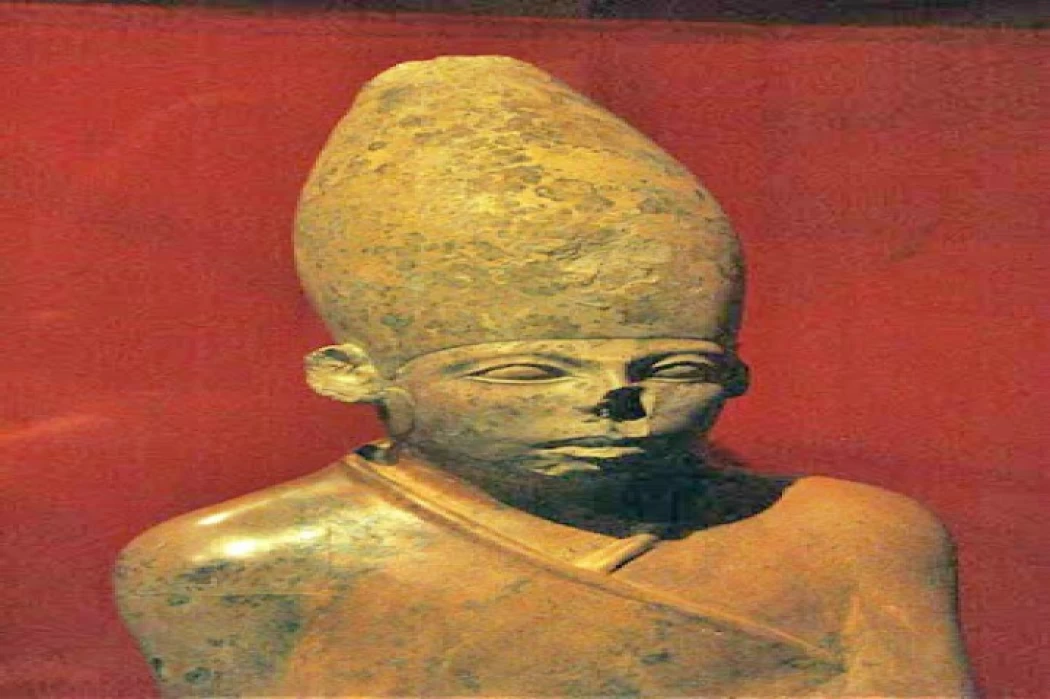
King Peribsen | 2nd Dynasty Kings of Egypt
Informations About King Peribsen
During the Second Dynasty of Egypt (c. 2890–c. 2686 BC), an early Egyptian monarch (pharaoh) by the serekh name of Seth-Peribsen (also known as Ash-Peribsen, Peribsen, and Perabsen) ruled. It is unclear when he came into being in this dynasty and there is disagreement over who ruled before and after him. Nor is it known how long he reigned.
The peculiarity of Peribsen's name is that Set, not Horus, was his patron god. This is contrary to Egyptian custom, which calls for a monarch to designate the falcon-shaped god Horus as his royal patron. In Abydos, Peribsen's tomb was found in 1898. It was in good condition and displayed evidence of repair work done in a later dynasty.
Peribsen's fame is limited to materials discovered in Abydos. Petrie and Ayrton discovered seal impressions and fragments of inscribed stone vessels during excavations at Umm el Qaab and the site of the enclosures where the so-called "Middle Fort" yielded numerous impressions, most of which were undoubtedly from the second half of the second Dynasty but lacked royal names. At Elephantine, a significant inscription has been discovered.
Similar to Akhenaton, this sovereign has been associated with a form of religious revolution. The introduction of the cult of Seth by this King, along with the replacement of the Horus name with the Seth name, was a very heretical act that turned him into a kind of precursor to Amenhotep IV. Although the documents we have aren't clear enough to resolve this issue, and the period remains remarkably hazy until Khasekhem's accession, we can hazard a guess that the entire period from Ninetjer's death to Khasekhemwy may have been more peaceful than previously believed, with a possible consensus on the partition of the kingdom.














